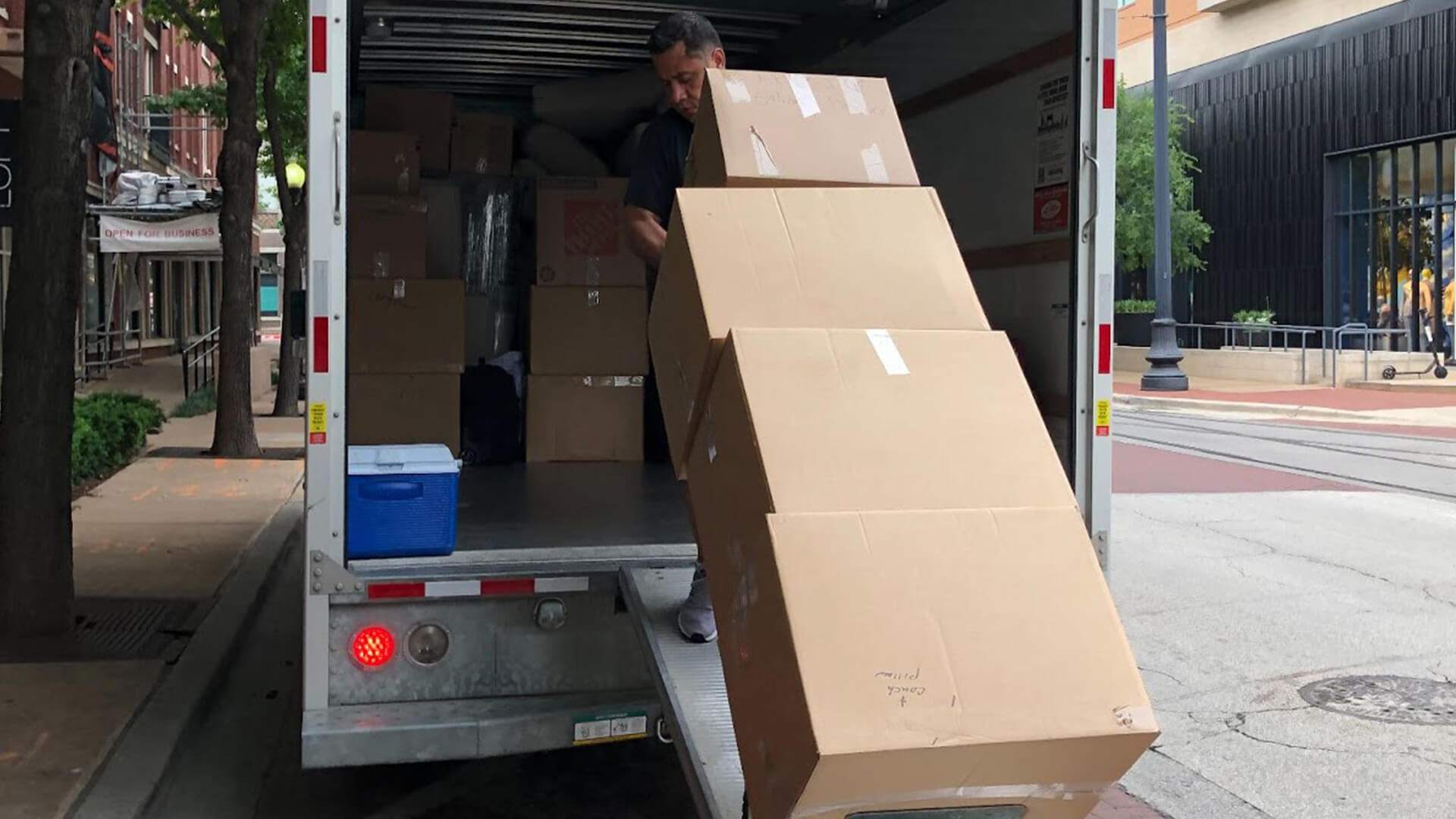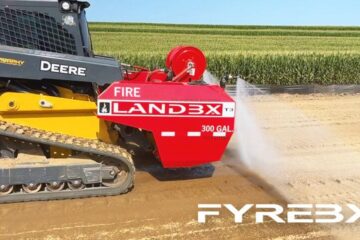You’ve packed the boxes, roped your friends into “helping,” and rented a truck that somehow looks smaller on the inside than it did online. Now comes the last hurdle: getting all your stuff to your new place without turning it into a game of box dominoes.
The truth is, what you do inside that truck matters as much as how you tape your boxes. If you can keep your items still and steady, you’ll skip the drama of broken dishes, scratched furniture, or that one box that always slides open at the worst moment.
Let’s learn about avoiding load shift from supply chain professionals and break down the best ways to keep things safe, snug, and right where you left them.
Start with the Heavy Stuff—And Get Strategic
The first rule of truck loading is to put your heaviest and largest items in first. This means refrigerators, washers, couches, mattresses—big, stable objects that create a strong foundation. Position them against the truck’s front wall (the wall closest to the cab), since it’s the least likely to jostle or shift. Distributing weight evenly side-to-side helps your truck handle better and keeps items from sliding around.
After the heavy hitters, slide in longer objects like mattresses, table tops, or mirrors upright on their sides. This shields delicate things and uses awkward spaces efficiently.
Layer in Lighter Boxes and Fragiles
Once you’ve got a solid base, stack medium and lighter items on top of the big stuff. Stack boxes from heavy to light as you go up—think books on the bottom, linens and toys on top. Keep fragile boxes clearly labeled and set them so nothing in motion can topple onto them.
Need to fill gaps? Stuff soft items like blankets, towels, or pillows between boxes and furniture. Not only does this cushion your breakables, but it also stops everything from sliding around on bumpy roads. Using these “soft fillers” in every extra nook and cranny helps for maximum stability.
Tie It Down—Seriously, Don’t Skip This
Professional movers swear by tie-downs, and for good reason. Ratchet straps and bungee cords are your best friends for holding stacks in place. Every rental truck should have anchor points or D-rings along the walls. After loading a section, run straps or ropes across to keep everything from taking a road trip of its own.
Space out your tie-downs—at least one for each major layer of stacked items. Keep furniture and tall stacks lashed tight so turning, stopping, or momentum changes don’t ruin your careful packing job. Frequent tie-downs dramatically cut down on shifting and damage, even when you hit rough patches or sudden stops.
Do a Last Walk-Through Before You Shut the Door
Before slamming the door and hitting the road, double-check that nothing can move. Push and shake a few items—if they shift, add another tie or pad. It’s much easier to fix things on the loading dock than on the shoulder of a busy highway.
Moving’s never stress-free, but a steady load keeps your belongings in one piece and your mind more at ease. The best part of your move should be unpacking, not discovering what went wrong on the ride. Safe travels!
Keep an eye for more latest news & updates on Forbes Zine!




